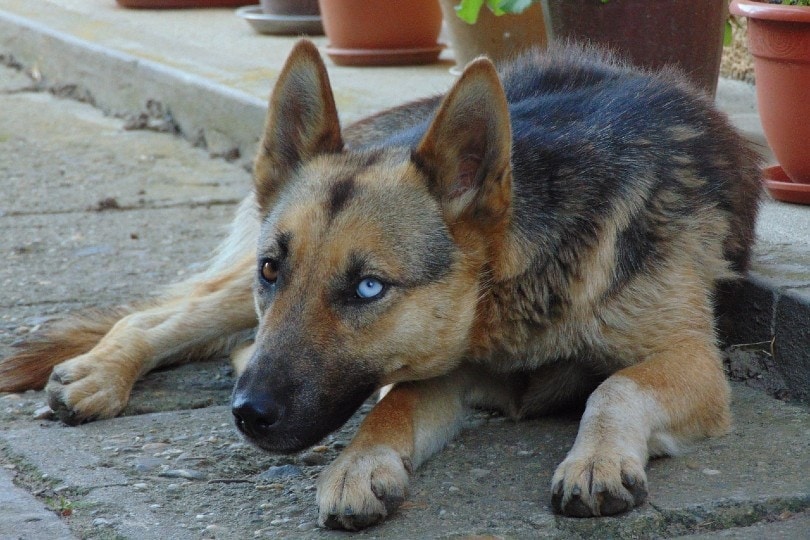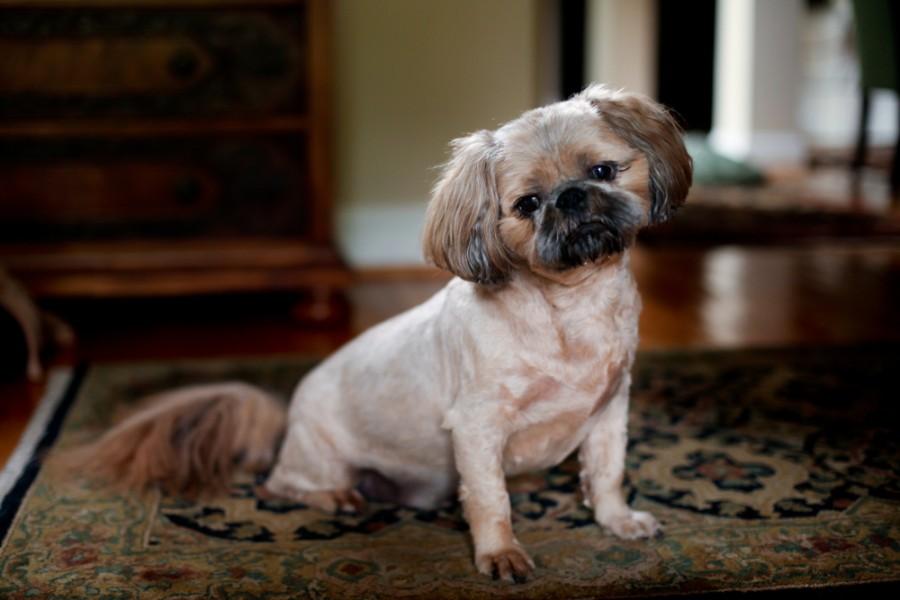Puppy Socialization Checklist: Vet-Approved Tips & Guide
Updated on
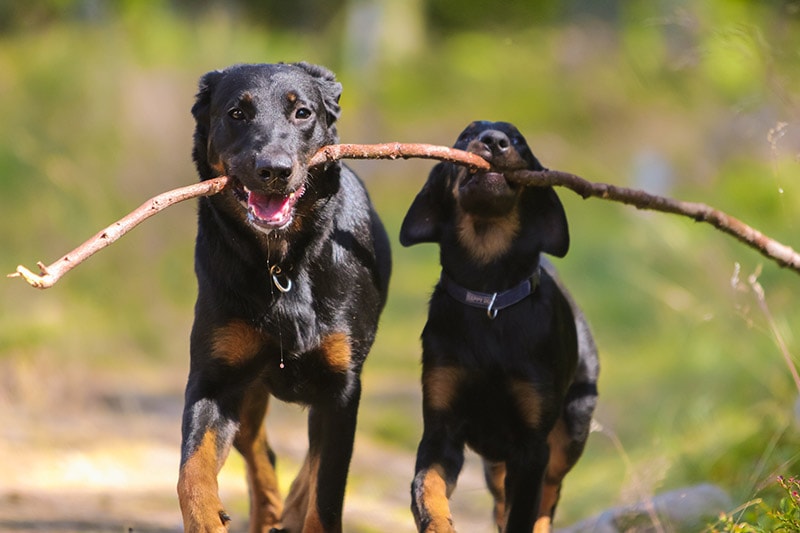
Click to Skip Ahead
Whether you’re a seasoned pup owner or just a fan of reading dog-training articles, you know how vital puppy socialization is. In fact, it’s been scientifically proven that a puppy that hasn’t had enough exposure to a variety of different people and situations can develop a plethora of behavioral issues as an adult.1
That said, you might want help to ensure that you’re doing the process correctly. It’s also important that the socialization of your new fur baby remains an enjoyable experience for both of you.
So, we put together a checklist that covers the essential things to focus on with your pup. First, though, let’s go over the basics of puppy socialization.
Why Is Puppy Socialization Emphasized So Much?
Research has shown it repeatedly: Dogs that are properly socialized as puppies are less likely to exhibit behavioral problems as adults, including aggression and fearfulness.2 They also tend to engage in more positive social behaviors around people and can learn to play with humans and other pups better than dogs without proper socialization.
Essentially, the proper socialization of a puppy is paramount for them to become a well-adjusted adult who can handle being around various types of people, animals, sounds, objects, and situations that they may encounter throughout their lives. Good puppy socialization practices reduce the likelihood that dogs will exhibit unwanted behaviors, and help them to foster a harmonious and healthy relationship with their owner.

When Should Puppy Socialization Begin?
Puppy socialization begins when a puppy is born. From birth to three weeks, pups rely solely on their mother’s care, as their senses are not fully developed yet. However, during this time, gentle daily handling has been shown to be helpful in bringing up a well-adjusted dog.
However, the more intensive socialization of a puppy should occur during the critical socialization period (also known as the imprint period), which is when they are between 3 and 14 weeks old. It’s considered their “sponge” phase, in that they are more receptive to new experiences and information.
All socialization practices should aim to provide the puppy with controlled and enjoyable exposure to many types of novel situations, people, and objects. Proper socialization during this period will usually have a significant impact on the puppy’s behavior as an adult.
Breeders also have a big role to play during this stage, given that they often have the most access to puppies aged 8 weeks and under. A good breeder should ensure that their puppies are exposed to age-appropriate experiences. Vets also have an important part in this process, as they will educate owners on good puppy socialization practices during vaccine visits.
Lastly, responsible dog owners must continue to introduce their pups to experiences and stimuli throughout their lives, so their beloved pets will remain calm and composed as much as possible in new situations.
Can You Socialize Your Puppy Before They’re Fully Vaccinated?
Veterinarians used to advise pet owners to keep their puppies at home until they had received all their vaccinations, to avoid the risk of catching or spreading infectious diseases. However, this meant that puppies would miss an important developmental milestone, as they are typically only fully vaccinated around 16 to 18 weeks, which also coincides with the end of the critical socialization period.
Consequently, the American Veterinary Society of Animal Behavior (AVSAB) revised its position in 2008 to emphasize that puppies are more at risk of developing behavioral issues later in life than catching diseases during puppyhood. The revised position statement of the AVSAB highlights that it “should be the standard of care for puppies to receive [such] socialization before they are fully vaccinated.”
The AVSAB now recommends that puppies should have a range of positive socialization experiences before completing their series of vaccinations, so they can develop crucial coping mechanisms.
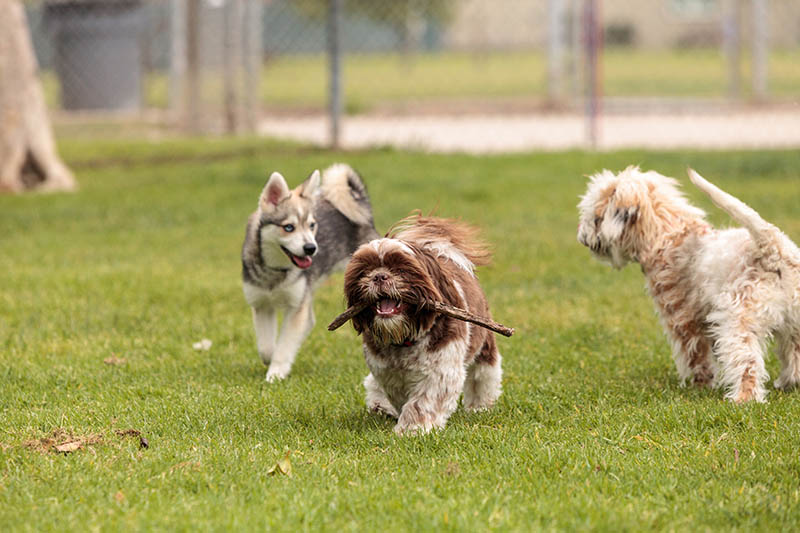
How to Safely Socialize Your New Puppy
Let’s explore a few ways to help you and your pup navigate this critical time.
Invite Your Friends Who Have Patient Dogs
Your new puppy will not be fully vaccinated when you bring it home, but socialization needs to be continued right away. The safest way to do this is by allowing your pup in an enclosed backyard, and inviting friends with healthy, fully vaccinated dogs to come and play. Remember, not every adult dog can tolerate energetic puppy behavior, so opt for those whose pets are patient and gentle. This way, if your pup crosses boundaries, the older dog won’t respond too harshly. Being in the garden is relatively safe, even for an unvaccinated puppy, provided that you haven’t had a sick dog in the garden in the past year.
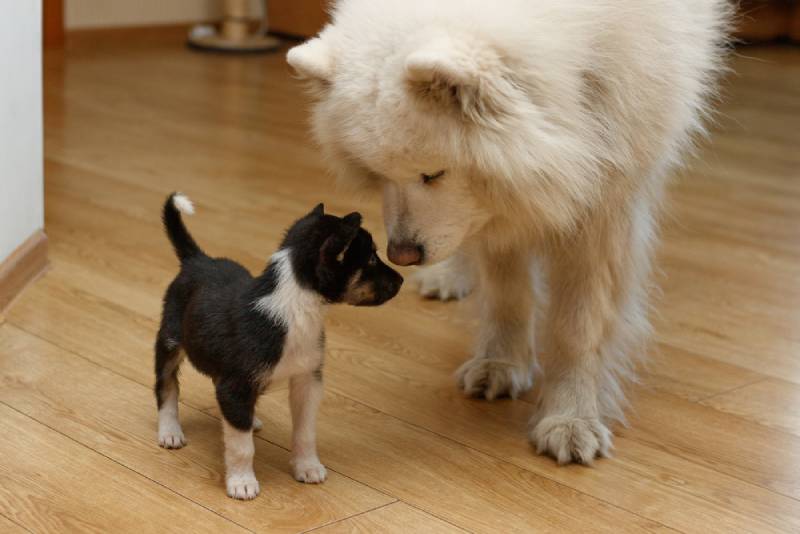
Keep It Positive
Socialization needs to be a positive experience for your puppy so ensure all good reactions to new experiences are rewarded with treats, toys or praise. If your pup seems worried by a particular experience, remove them from the situation and try again another day, possibly from further afield until your puppy is more confident.
Respect Your Puppy’s Pace
This is an important thing to keep in mind when continuing the socialization of your pup at home. For example, your little fur baby may be shyer than other puppies. Therefore, you should carefully observe their reaction when you meet new canine buddies and go at their pace so as not to overwhelm and to make the experience positive.
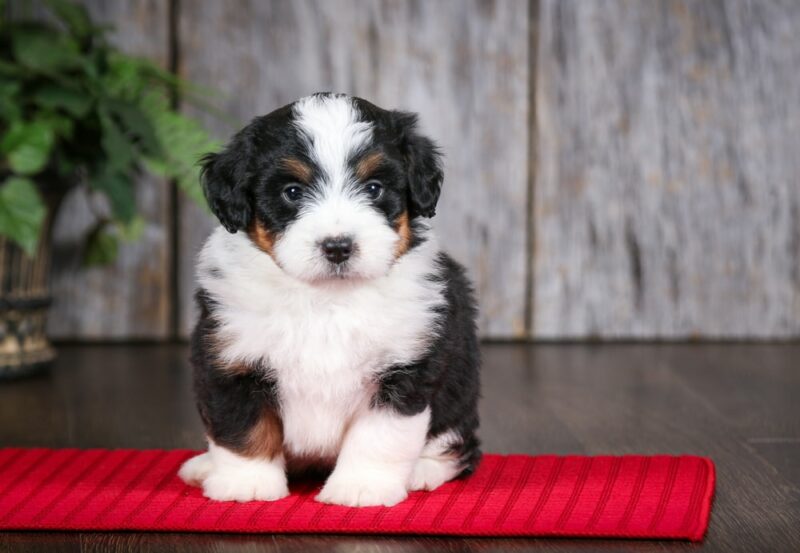
Stick to Gradual Exposure
Begin in the comfort of your home, allowing your puppy to acclimate to household sounds and members. Then, introduce controlled interactions with vaccinated dogs and gentle people to cultivate comfort in diverse environments.
Make a (Friendly) Vet Visit
Lay the groundwork for stress-free vet visits by taking impromptu yet enjoyable trips. If possible, spend a few minutes exploring an exam room with your pup so they can see that there are no real threats there. This way, you’ll both be prepared if any health issues crop up.

Take a Short Drive
Ensure your pup is safely harnessed in the car and take it for a 5-minute drive to get it used to the movement and noise of the car. You can gradually increase the length of the drive, all the time being mindful of how your pup is responding to being in the car.
Puppy Socialization Checklist:
Here are the people and things to introduce your puppy to before it is 14 weeks old:
People:
- Babies
- Toddlers
- Children
- Teenagers
- Adults
- Elderly people
- Those with different physical features
- Those of different ethnicities
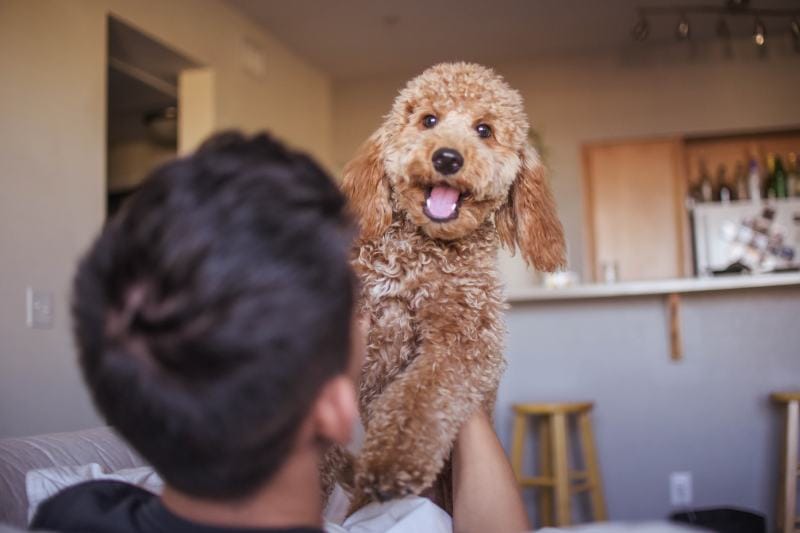
People With:
- Baby carriers
- Backpacks
- Beards
- Canes
- Crutches
- Hats
- Luggage
- Masks
- Sunglasses
- Skateboards
- Strollers
- Wheelchairs
Animals:
- Other dogs
- Cats
- Birds
- Small pets (rabbits, hamsters, guinea pigs, etc.)
- Horses
- Farm animals
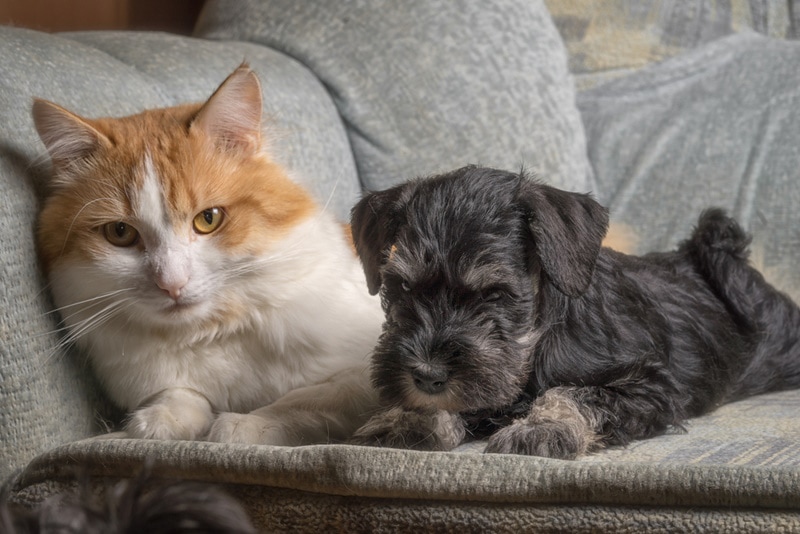
Vehicles:
- Airplanes
- Bicycles
- Buses
- Cars
- Motorbikes
- Scooters
- Trucks
Sounds:
- Alarms
- Car horns
- Doorbells
- Fireworks
- Mowers
- Thunder
- Sirens
- Vacuum cleaners
- Washing machine
- Traffic noise
- Ringing phone
- Other noisy appliances
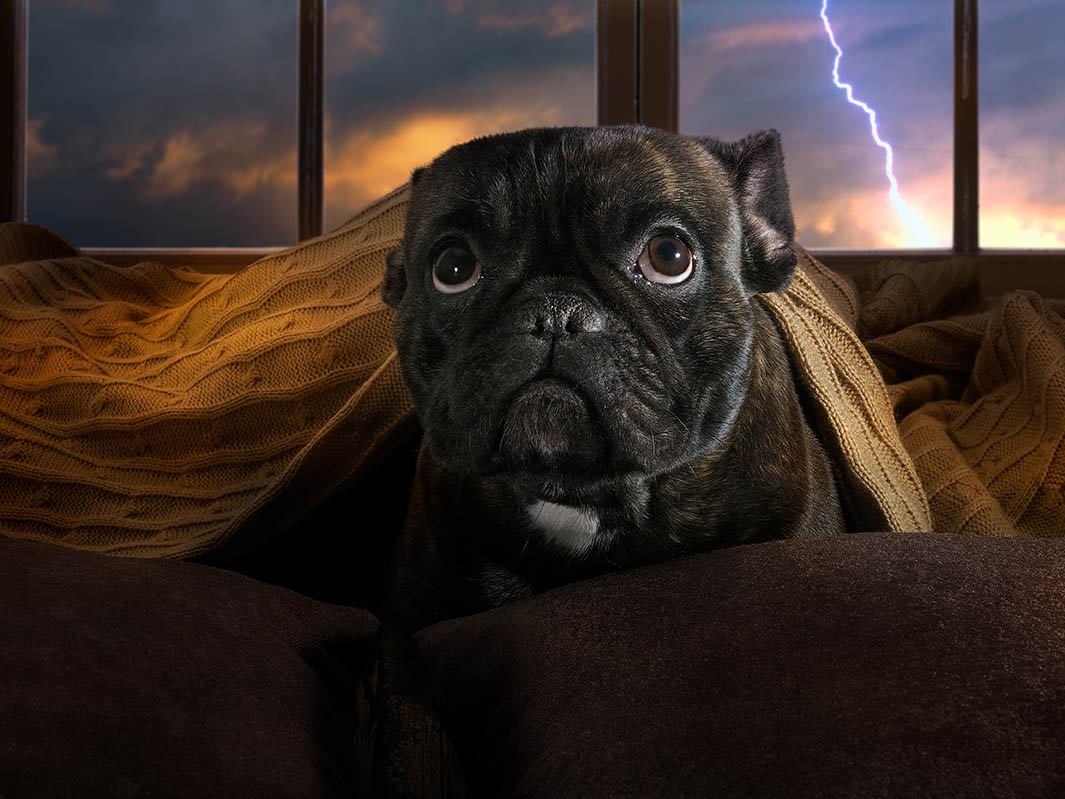
Places and/or Situations:
- Veterinary clinic
- Transport carrier
- Road trip in a car, bus, train
- House of friends/parents
- Railway tracks
- Hiking trails
- Dog park
- Shopping center
- Being left alone in the house for short periods of time
- Other public places
Conclusion
Bringing home a new fluffy pup means welcoming boundless joy and energy into your life. That said, behind all the cuteness lies a crucial responsibility; puppy socialization. Just as children benefit from interactions and new experiences, puppies require a well-rounded socialization period to become confident, balanced adult dogs. So, be sure to refer to this checklist whenever you feel a bit lost on this unique yet demanding journey of puppy socialization, and speak to your vet or certified veterinary behaviorist if you have any concerns.
Featured Image Credit: Hysteria, Shutterstock





